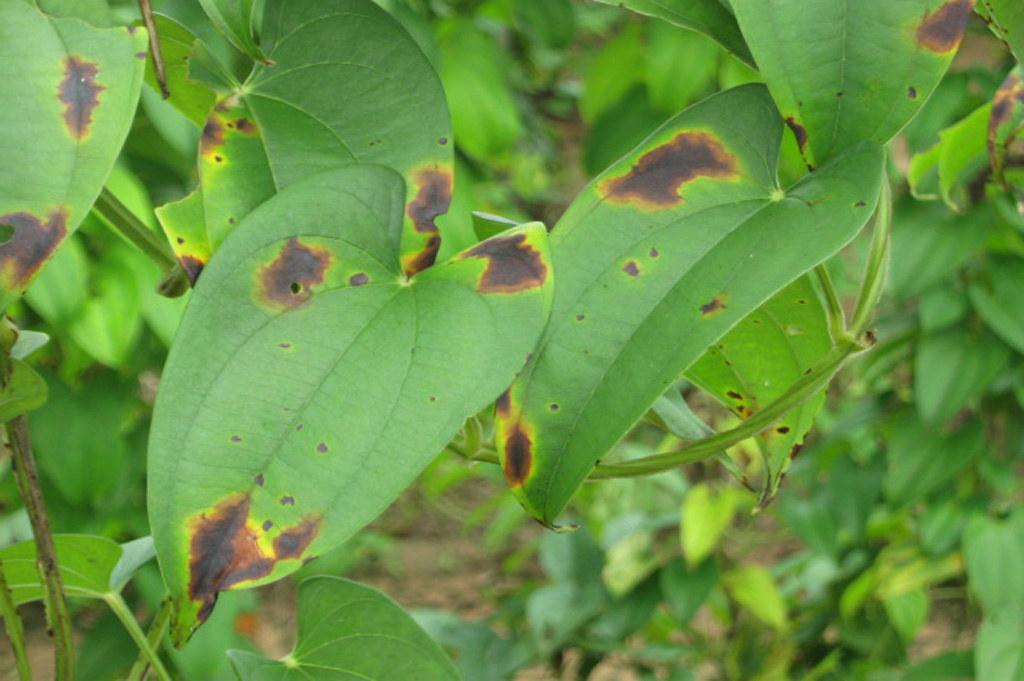
Anthracnose
Gloesporium quercum
What is Anthracnose (Gloesporium quercum)?
Anthracnose is a fungal disease caused by Gloeosporium quercum, affecting a wide range of plants like hardwood trees (ash, maple, oak, willow, and sycamore), shrubs, and flowering plants. Symptoms include leaf lesions, premature leaf drop, cankers, and twig dieback. Severity varies, from cosmetic damage to severe defoliation and disfigured branches. Although most infections aren't life-threatening to trees, severe cases can result in twig and branch death.
How to Anthracnose (Gloesporium quercum) occur?
Anthracnose typically occurs in spring and early summer, favored by cool and wet weather. Fungi produce spores that spread through wind or rain, initiating new infections. Moist conditions trigger spore germination and infection of host tissues like leaves and shoots. Spore production decreases after mid-summer. Fungal pathogens overwinter in dead leaves on the ground, while some anthracnose can persist in twigs. In the following spring, spores are released, restarting the cycle.
Symptoms
1 - Plants Health
• Anthracnose (caused by Gloeosporium quercum) leads to severe leaf loss, weakening plant health. It causes twig dieback, structural damage, and disfigured growth with abnormal leaf shapes and deformed fruit. • Infected plants experience reduced flowering and fruit production, impacting crop yield and ornamental value.
2 - Impacts on Soil and Environment
• Anthracnose impacts soil and the environment by affecting nutrient cycling through the decomposition of fallen leaves. It acts as a fungal reservoir, potentially persisting in the environment. • It can also have an impact on tree species diversity and reduce the ability of affected plants to sequester carbon dioxide.
Solutions
1 - Cultural Practices
• Remove and destroy infected plant material to prevent further spread of the fungus. • Prune branches to increase airflow and reduce moisture, creating an unfavorable environment for fungal growth. • Use drip irrigation or water at the base of plants to minimize leaf wetness and reduce the conditions suitable for fungal development. • Disinfect tools between uses to prevent fungus transmission to healthy plants. • Select plant varieties that are known to be resistant or tolerant to anthracnose, reducing the risk of infection.
2 - Chemical Method
The most effective fungicide to control anthracnose. • Chlorothalonil (e.g., Daconil): Offers strong protection against anthracnose. • Copper-based sprays (e.g., Liquicop): Contains copper diammonia diacetate for protective action. • Propiconazole (e.g., Banner Maxx II): Provides systemic control against anthracnose. • Thiophanate-methyl (e.g., Cleary's 3336, for professional use only): A systemic fungicide offering effective control. Note: Always refer to and follow the instructions provided on the fungicide label for proper usage
